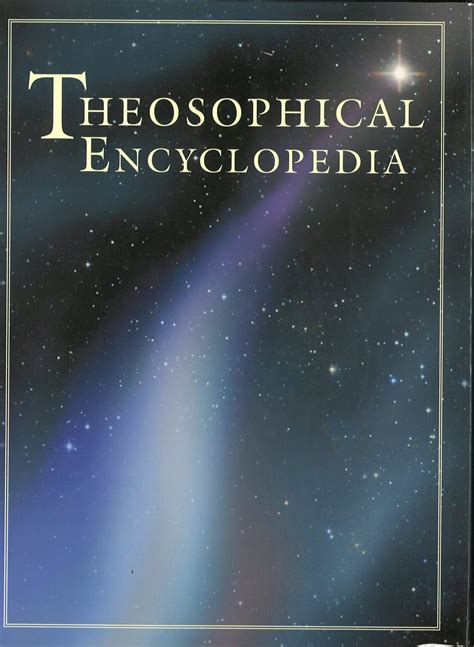In theosophical literature, it is Ultimate Reality, or as Helena P. Blavatsky puts it in The Secret Doctrine, that “Omnipresent, Eternal, Boundless, and Immutable PRINCIPLE on which all speculation is impossible, since it transcends the power of human conception and could only be dwarfed by any human expression or similtude” (SD I:14). She identifies it as sat, in Sanskrit, which she translates as “Be-ness” rather than “Being,” feeling that the latter term is not abstract enough to indicate the noumenal, rather than phenomenal, nature of Ultimate Reality. The term comes from the Sanskrit prefix para- meaning “above” or “beyond” or “transcending” and the root bh, which means “expand,” “increase,” or “grow.” Although H. P. Blavatsky also states that she uses the term (along with BRAHMAN and BRAHMĀ) “not because they belong to our Esoteric nomenclature, but simply because they are more familiar to the students in the West” (SD I:20), nevertheless it is an appropriate term for a philosophy which states, “The Universe is worked and guided from within outwards” (SD I:274). This is a very different doctrine from one which postulates a Creator who produces the universe from some kind of pre-existent matter, for that would involve two absolutes (or infinites), which is a self-contradiction (cf. SD I:7). In fact, the “root” of what will become matter — i.e., m™laprakti — H. P. Blavatsky several times calls a “veil” over Parabrahman. She also equates Parabrahman with the Kabbalistic Absolute, Ain-Soph (cf. SD II:233 for example). In The Mahatma Letters to A. P. Sinnett, it is further equated with šdi-Buddha (Letter #67 chron. ed., p. 181; #15 Barker ed.) and frequently written “Parabrahm.”
© Copyright by the Theosophical Publishing House, Manila
 This Theosophical Encyclopedia contains all the articles of the printed Theosophical Encyclopedia published by the Theosophical Publishing House, Manila. In addition, new articles that are not in the printed version are continually being added. Many of the articles are also being updated.
This Theosophical Encyclopedia contains all the articles of the printed Theosophical Encyclopedia published by the Theosophical Publishing House, Manila. In addition, new articles that are not in the printed version are continually being added. Many of the articles are also being updated.